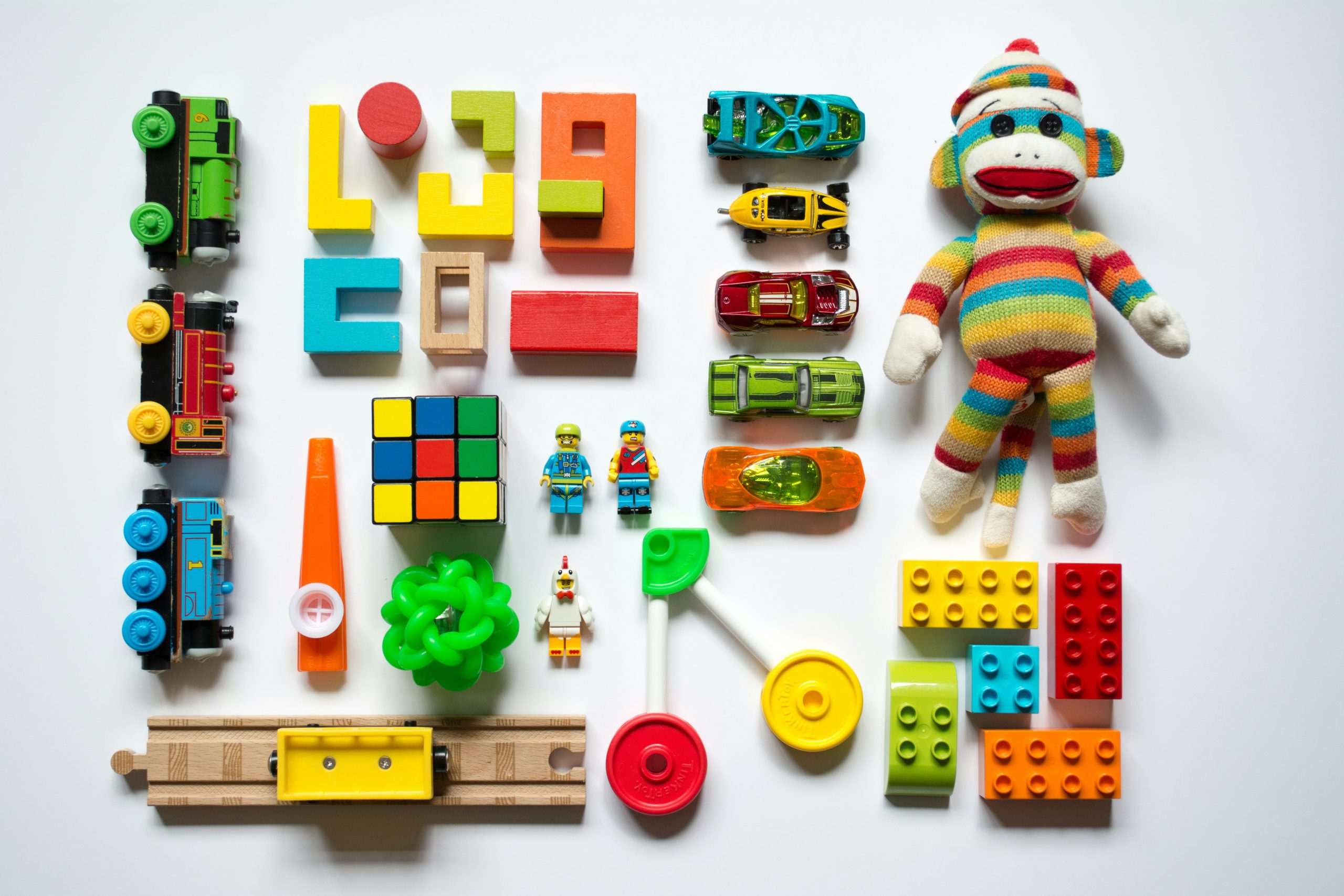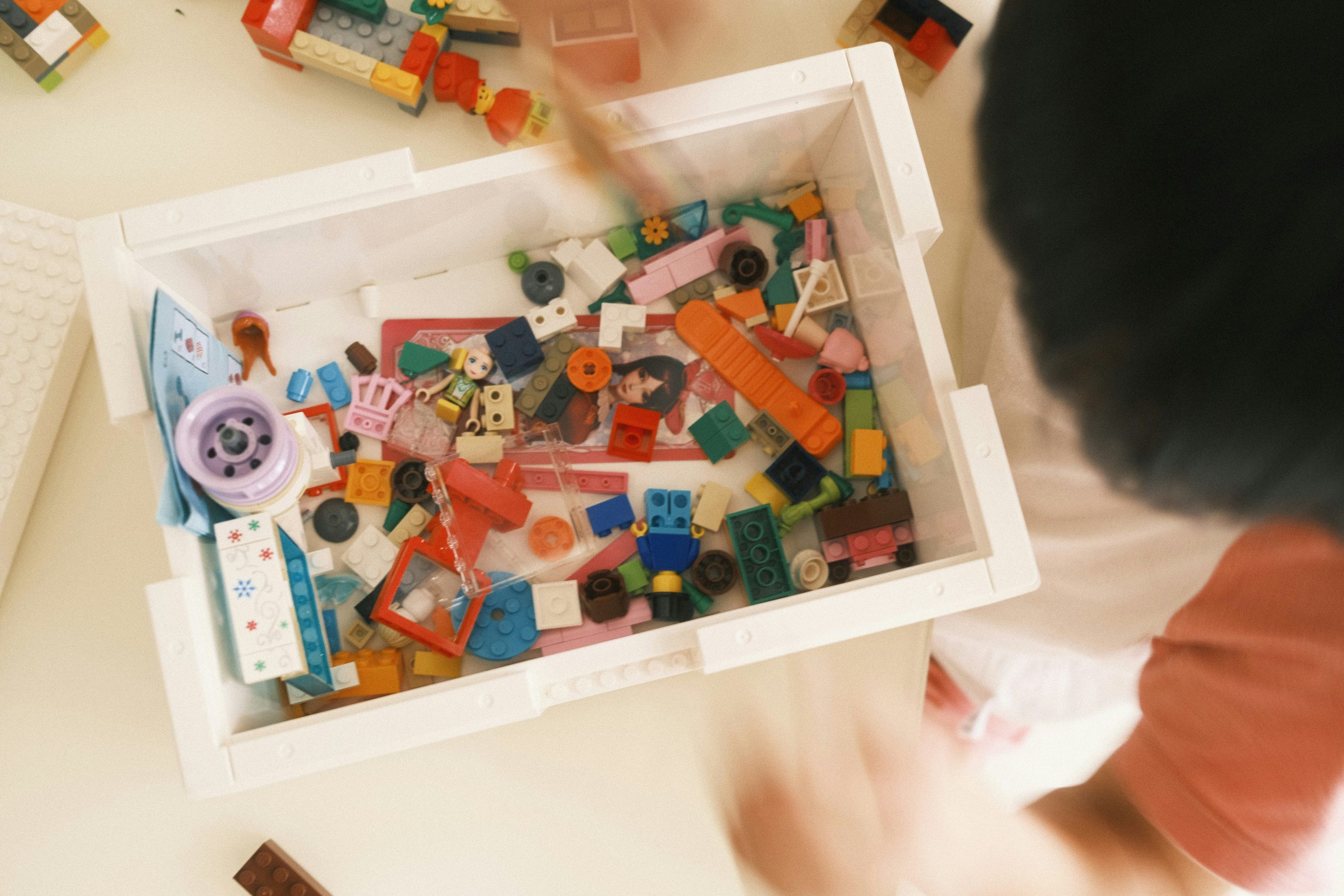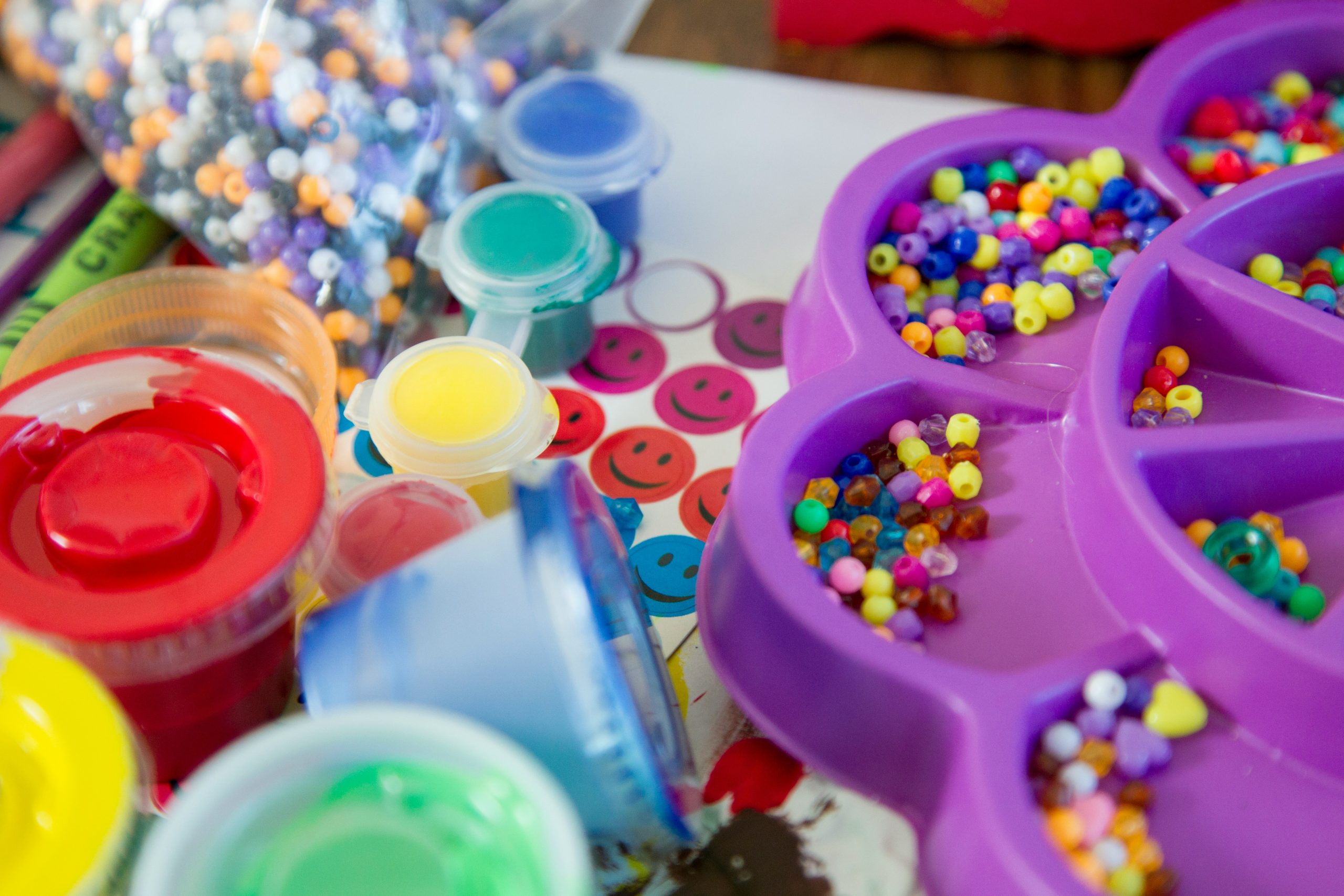Cause we are not only an online shop to sell products, we are here to help you create good memories for your children.
Quick Links
Get In Touch
2024 kidstore. All Rights Reserved
No products in the cart.

Have you ever noticed how a child’s eyes light up when they run their fingers through sand or how they giggle with delight when they hear the tinkling sound of a bell? That is how important sensory play is in our children’s life.
Children are naturally drawn to sensory experiences, and as parents, educators, and caregivers, understanding the significance of sensory play is crucial in fostering holistic development in children. Here at KidstorePK, we are going to explore the in overall growth of children
Let’s begin with texture. Textures are pivotal in stimulating a child’s tactile senses, from smooth to rough and soft to bumpy. Take, for instance, a set of wooden blocks with different surface finishes – each block offers a unique sensation as children grasp, stack, and explore them. Research indicates that tactile experiences promote fine motor skills and contribute to cognitive development by encouraging problem-solving and spatial awareness. Moreover, textured toys provide sensory input that can benefit children with sensory processing difficulties, helping them regulate their responses to stimuli.

Consider the story of Laila, a preschool teacher who noticed that some students struggled with sensory processing challenges. She introduced a sensory bin filled with various textured materials such as rice, sand, and fabric scraps to address this. As the children immersed their hands in the bin, they became more comfortable with different textures, enhancing their sensory tolerance and promoting self-regulation skills.
Sound is another vital aspect of sensory play that often goes overlooked. Whether it’s the gentle rustle of leaves or the musical chime of a xylophone, auditory stimuli can captivate a child’s attention and ignite their imagination. Musical toys, in particular, offer a wealth of auditory experiences, allowing children to explore rhythm, pitch, and tempo playfully. Studies have shown that exposure to music from an early age can enhance language development, improve auditory processing skills, and even boost mathematical abilities.

Imagine a classroom where children engage in a musical treasure hunt, using their ears to locate hidden instruments based on the sounds they produce. This activity promotes active listening skills and encourages collaboration and creative expression. Through hands-on experiences with sound-producing toys, children learn to appreciate the rich tapestry of sounds in their environment, fostering a deeper connection to the world around them.
Now, let’s talk about color – a vibrant palette that sparks imagination and evokes emotions. From the soothing hues of blue and green to the fiery tones of red and orange, colors profoundly impact mood, perception, and cognitive development. When selecting toys for children, it’s essential to consider the role of color in creating a stimulating and aesthetically pleasing environment. Brightly colored toys capture attention and facilitate visual discrimination and color recognition skills.
Take, for example, a set of building blocks in assorted colors. As children stack and sort the blocks, they engage in constructive play and learn to categorize objects based on their color attributes. Furthermore, color-coded toys can promote early literacy and numeracy skills, as children associate colors with letters, numbers, and shapes.
Incorporating various colors into play experiences can also foster cultural awareness and celebrate diversity. Picture a classroom where children explore multicultural dolls representing different skin tones, hair textures, and traditional attire. Through play, children develop empathy, respect, and appreciation for the rich tapestry of cultures that make up our global community.
Following are some benefits of that highlight the importance of sensory play, extending far beyond mere entertainment.
Strengthen neural connections, enhancing learning and problem-solving abilities.
Refine fine and gross motor skills through manipulation of various textures and objects.
Expand vocabulary, improve sentence structure, and enhance communication through verbal interaction.
Provide a calming outlet for emotional expression and promote relaxation, reducing stress and anxiety.
Encourage cooperation, turn-taking, and empathy through shared sensory experiences.
Ignite creativity and inspire innovation through open-ended sensory exploration.
Improve attention, focus, and self-regulation by processing and interpreting sensory input effectively.
Inclusive play environments are essential for promoting diversity and understanding among children. When selecting toys, inclusivity and representation must be considered. Choose toys that reflect diverse cultures, abilities, and backgrounds to ensure every child feels seen, valued, and included in play experiences. By fostering inclusive environments, we cultivate empathy, respect, and acceptance among children, laying the groundwork for a more inclusive society.
In conclusion, importance of sensory play is a cornerstone of childhood development, offering many benefits for children of all ages and abilities. By selecting toys that engage the senses—from tactile textures and captivating sounds to vibrant colors —we can create enriching environments that inspire curiosity, creativity, and exploration. So, the next time you’re shopping for toys or planning activities for children, remember the importance of sensory play in shaping young minds and nurturing their innate sense of wonder.
2024 kidstore. All Rights Reserved